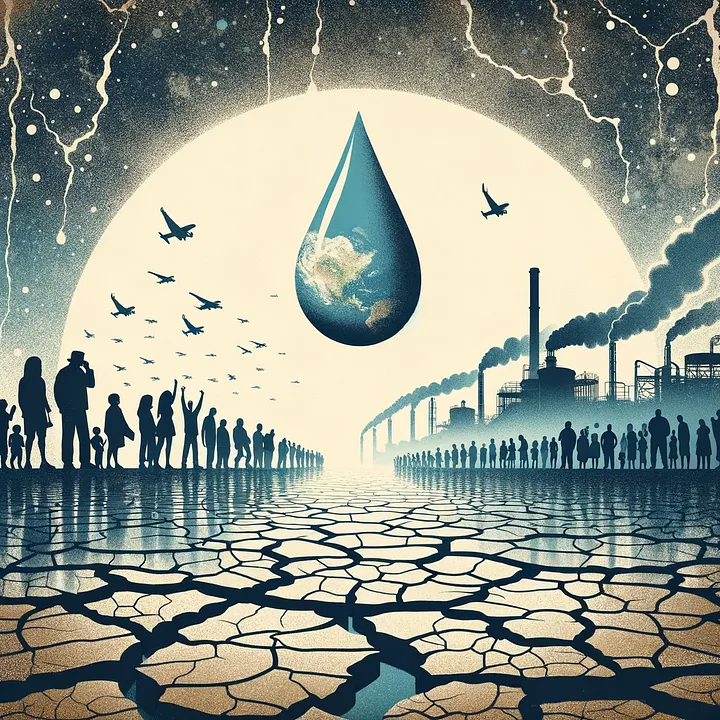The Flint water crisis, a calamitous event that began in 2014, continues to echo across the community nearly a decade later. It originated when Flint’s water supply was switched from Detroit’s system to the Flint River as a cost-saving measure. This decision, made under the administration of then-Governor Richard Snyder, led to catastrophic public health consequences due to the Flint River’s polluted waters and the leaching of lead from aging pipes into the city’s water supply. Residents of Flint, a majority-Black city struggling with poverty, were exposed to lead-contaminated water, resulting in an outbreak of Legionnaires’ disease that claimed 12 lives and left lasting health impacts on many, especially children.
Despite the severity of the crisis, the quest for justice has been fraught with disappointments and perceived failures. The Michigan Supreme Court refused to hear appeals for the misdemeanor charges against former Governor Snyder, effectively ending criminal prosecutions related to the crisis. This decision was seen as a “slap in the face” by many in the Flint community, who viewed it as a failure of the justice system to hold accountable those responsible for the water crisis.
In the absence of adequate government response initially, Virginia Tech researchers stepped in to provide essential evidence of the spiked lead levels in the water. Their involvement, along with the advocacy of Flint residents and organizations like the American Civil Liberties Union of Michigan, was crucial in bringing the issue to national attention and spurring governmental action. A lawsuit in 2016 led to a settlement requiring Flint to replace lead pipes with state funding. However, as of 2023, litigation continues, with Flint residents and pastors filing a motion claiming that the city has violated the 2017 settlement to replace lead pipes.
The $626.25 million settlement approved in 2021, the largest civil settlement in Michigan’s history, allocated 80% of the funds to claims from those who were minors at first exposure, focusing particularly on children aged six and younger. Despite this, there are criticisms that the settlement is insufficient for the long-term health problems many families face, especially young people. The settlement also includes funds for special education services in Genesee County and claims from adults and property damage.
As Flint continues to replace its lead and galvanized steel water lines, the crisis’s impact goes beyond physical health. Many in the community suffer from mental health issues like anxiety and emotional distress due to their betrayal by the government. The Flint water crisis serves as a stark reminder of the consequences of governmental negligence and environmental injustice, particularly affecting marginalized communities.
In summary, the Flint water crisis remains a poignant example of a community’s struggle against systemic failures and the ongoing fight for environmental justice. The consequences of the crisis continue to be felt by the Flint community, both in terms of physical health and the trust in their government.
Sources:
- Prism Reports: Flint searches for environmental justice 10 years after water crisis
- Michigan Advance: Judge gives final stamp of approval on $626M settlement for Flint water crisis victims
- Democracy Now!: Michigan Closes Cases Against Public Officials Responsible for Flint Water Crisis
- WNEM: Water crisis continues to impact Flint on 9-year anniversary












